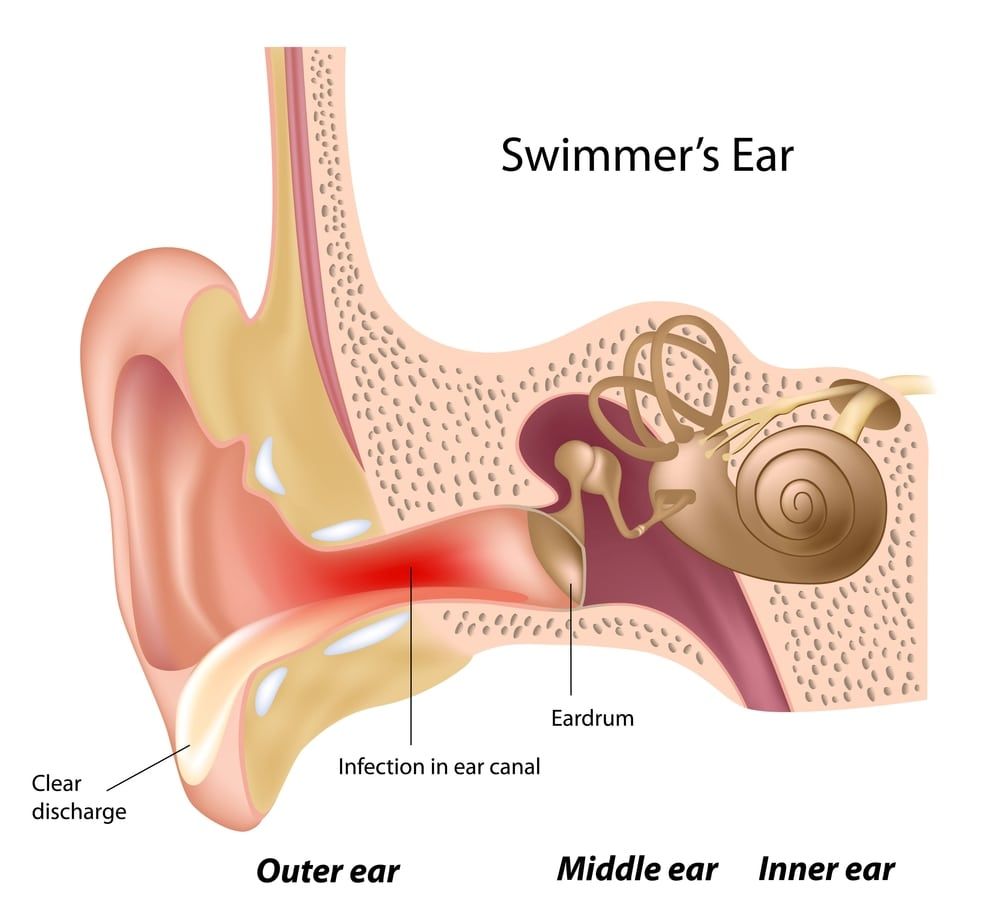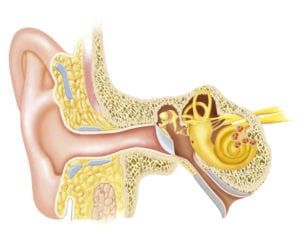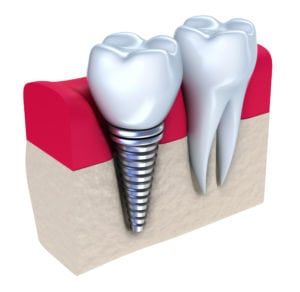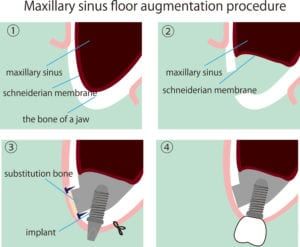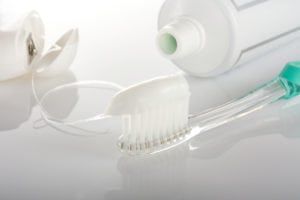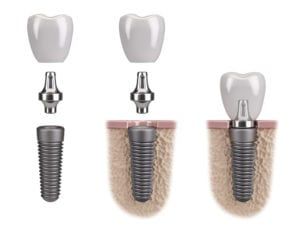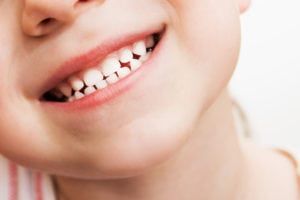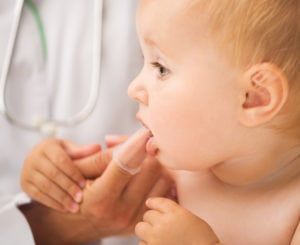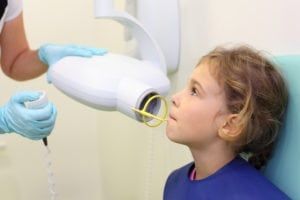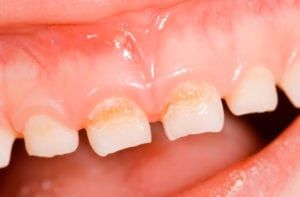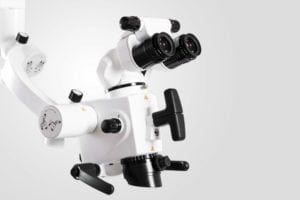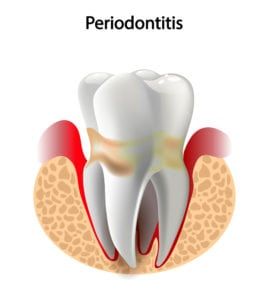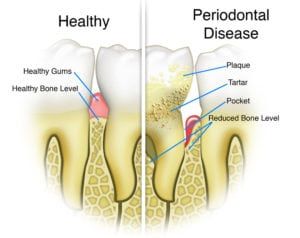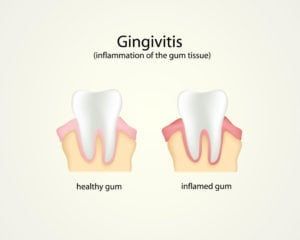It’s the middle of the night, and your child has awakened you crying. Nothing you’ve tried is consoling her, and you notice she is pulling at her ears. Could she be suffering from an ear infection? Most ear infections are caused by a bacterial accumulation in the middle ear. These infections cause fluid to build up behind the ear drum. The result is painful inflammation and swelling that can trap fluid in the inner ear. Most earaches resolve on their own or with prescription medication. However, some ear infections occur chronically and require additional medical intervention.
Ear infections are highly common among children and adults. In fact, the National Institute on Deafness and Other Communication Disorders reports that 75 percent of all children experience at least one ear infection by their third birthdays. The condition, also known as otitis media, can be painful for children and worrisome for parents. It causes millions of doctor’s visits every year – not to mention countless prescriptions for antibiotics.
Frequently Asked Questions
How do I know if my child has an ear infection?
Unfortunately, young children are often unable to communicate their discomfort, forcing parents to identify symptoms via a process of deduction. Most ear infections are preceded by a normal cold. Children may have a runny nose with clear drainage that begins to turn yellow or green at the first signs of infection. Ear infections can also cause many other symptoms – usually a combination of at least two of the following:
- Fussiness and irritability, often appearing suddenly
- Grasping or pulling at the ear
- Interruptions in sleep patterns
- Low grade fever, usually 101º – 102º F
- Changes in balance
- Verbal complaints of ear pain
- Difficulty hearing
- Drainage from the ear, often tinged with blood or pus
What types of treatments are available for ear infections?
Many children recover from ear infections without medical intervention. However, your doctor may prescribe a course of antibiotics depending on the cause and extent of your child’s infection. Usually, treatment includes several days of amoxicillin, azithromycin, or augmentin. You may also need to treat a ruptured eardrum with antibiotic or anti-inflammatory eardrops.
If your child is experience severe ear pain, your doctor may suggest using an over-the-counter pain reliever like ibuprofen or acetaminophen to manage discomfort and aid in sleep. If pain continues, prescription eardrops may be available to anesthetize the eardrum so long as there is no drainage from the ear.
Some parents find that home remedies are effective for alleviating discomfort during an ear infection. Examples include applying a warm compress to your child’s ear or putting a few drops of warm olive oil into the ear canal. However, you should never place anything inside your child’s ear without first consulting his or her doctor.
How long will it take for my child to recover from an ear infection in?
Ear infections heal in stages. Antibiotics are administered to help kill bacteria in the middle ear – usually within a few days. Most symptoms of fever and discomfort resolve during this time. However, fluid may linger for several weeks and continue to interfere with hearing. It is important to follow up with your child’s doctor within a month’s time to ensure the fluid is beginning to drain from the ear. If it lingers longer than normal, your doctor may become concerned about the potential for recurrent sinus infections, chronic colds, or allergies.
A Few Things to Keep in Mind:
It is important to see a doctor if your child begins to display the signs of ear infection. An accurate diagnosis is essential for successful treatment – especially since some children can exhibit the symptoms of ear infection in association with a different condition, such as teething.
Blood and pus draining from your child’s ear may be frightening, but they are nothing to be overly concerned about. This is a normal symptom of ear infection and may occur if your child’s eardrum has ruptured. Most children heal and recover from this condition with no complications.
It is important to completely finish an entire course of prescribed antibiotics as instructed. Stopping early could allow the infection to return.
Ear infections are not contagious, but the viruses and bacteria responsible for causing them are communicable. If your child shows the signs or symptoms of a cold, talk with your doctor about avoiding public places, such as restaurants, schools and daycares.
Frequent ear infections in young children under the age of two could lead to speech delays.
Is there any way I can prevent future ear infections from occurring?
Prevention is the best medicine, and there are ways of avoiding future infections. One of the easiest and most effective ways is by breastfeeding your child. Breastfeeding has powerful antibodies that help fight infection-causing bacteria. The longer you breastfeed, the less likely your child is to develop ear infections. If you are unable to breastfeed or if you feed your child breastmilk from a bottle, place your child in an upright position during feeding times. This prevents milk from backing up into the Eustachian tube, causing irritation and infection.
If your child is no longer consuming formula or breastmilk but is suffering with frequent ear infections, your doctor may suggest medical prevention methods. For example, your child may begin a course of antibiotics at the first sign of a cold or continuously throughout ‘cold season’. Your child’s doctor may also refer you to an ear, nose and throat specialist for ear tubes. These tubes are surgically placed inside the ear to aid in fluid drainage. Ear tubes don’t necessarily prevent all ear infections, but they do reduce their severity and duration.
